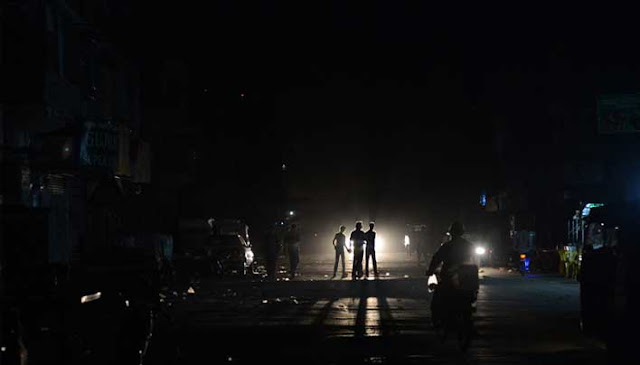Partha Pratim Bhattacharjee
Chhatra League is working to ensure atmosphere conducive to education at the colleges and universities across the country, wrote its General Secretary SM Jakir Hossain in a newspaper article published on January 4, marking the student body's 70th founding anniversary.
But his nice words are not backed up by his actions. Jakir led the attack on the demonstrating Dhaka University students on Tuesday that left at least 50 injured.
On January 15, Chhatra League men assaulted a group of students staging a sit-in in front of the DU vice-chancellor office, demanding cancellation of affiliation of seven colleges with DU. They also harassed some female students who were demonstrating.
Chhatra League made the attack on Tuesday when the students were protesting in front of the VC's office demanding, among others, expulsion of the Chhatra League men who had attacked them on January 15.
Chhatra League men being violent is not something new. They have been engaged in numerous violent acts that earned the student organisation a bad name. Intra-party clashes, vandalism and murders have tarnished the image of the pro-AL student body.
The Chhatra League men started to draw widespread condemnation for their unruly behaviour immediately after AL assumed power in 2009. This made Prime Minister Sheikh Hasina so annoyed that she resigned from the post of its organisational leader in April that year.
And now at the final year of this government's tenure, the Chhatra League men are behaving as badly, embarrassing the Awami League. Some AL leaders think it might impact the national elections to be held this year.
Talking to The Daily Star, at least three AL central leaders said initiative should be taken immediately to prevent Chhatra League men from such unruly activities. The AL leaders said if stern actions had been taken from the beginning, things would not have been so bad.
Talking about Tuesday's incident with reporters at a programme in the city, AL General Secretary Obaidul Quader said the university should take action if the leaders and workers of Chhatra League were found guilty.
While talking to The Daily Star, AL Organising Secretary AKM Enamul Haque Shamim said, “As a former president, I will advise Chhatra League president and general secretary to be stricter in bringing discipline in the organisation.”
The Daily Star called the president and general secretary Saifur Rahman Sohag and Jakir Hossain over the phones but none of them picked up.
Chhatra League started the year with a good decision. It had decided not to bring out processions in the capital on its anniversary day on January 4 considering that people would suffer in traffic jams. They held their celebrations in the following weekend, January 6.
But the festivities were marred by factional clashes in Chittagong University, Nuria High School in Barisal city and Murari Chand (MC) College in Sylhet. At least 11 people were injured.
A day after the clash in MC collage, Chhatra League activist, Tanim Khan, 21, a BA (pass) final year student of Sylhet Government College, was stabbed to death allegedly by his rivals within the organisation.
Chhatra League again grabbed the headlines after a female student of Bangladesh Agricultural University (BAU) in Mymensingh was forced out of her dorm for not joining Chhatra League's anniversary procession.
Numerous incidents reported by the media suggest that making money and establishing dominance in campuses and cities have been the root causes of almost all the incidents of violence. To restore some order in the student body, Obaidul Quader even offered them jobs and money but it proved to be inadequate.
There were at least 125 deaths over the last eight years due to Chhatra League activists' misdeeds. The victims include 60 Chhatra League leaders and activists killed in internal clashes. At least 11 Chhatra League men died in clashes with rival organisations and the rest 54 were children and common people.
According to rights organisation Ain O Salish Kendra (ASK), seven people were killed and 374 were injured in 49 clashes involving Chhatra League last year. Twenty-nine of the clashes were results of Chhatra League infighting which left five dead.
- Courtesy: The Daily Star/Jan 25, 2018














